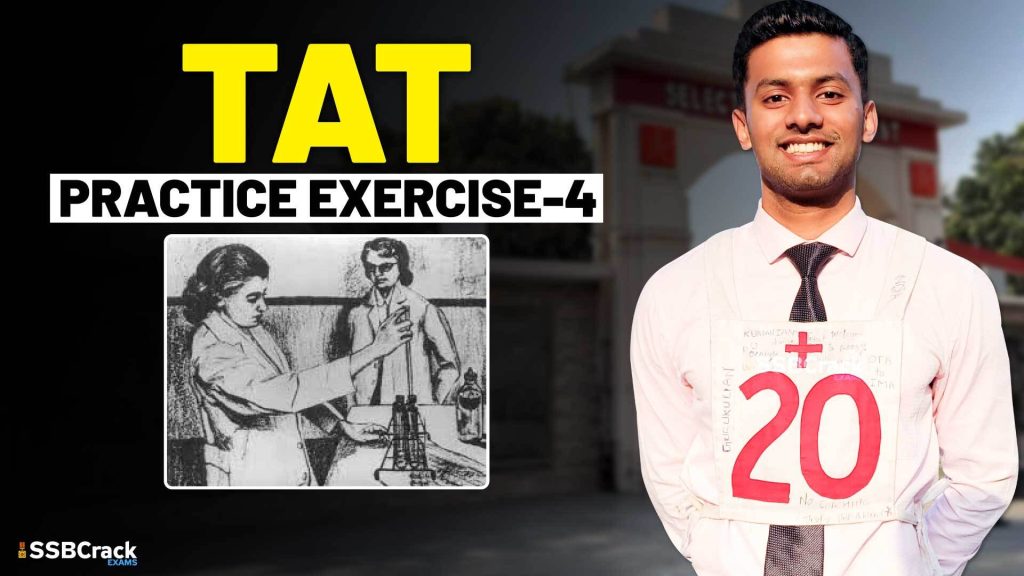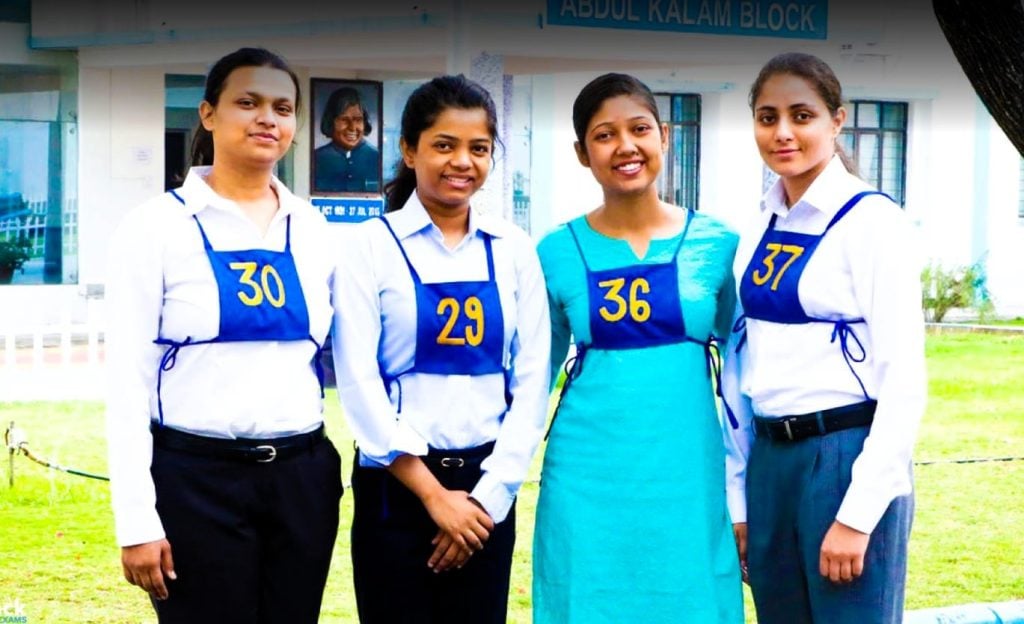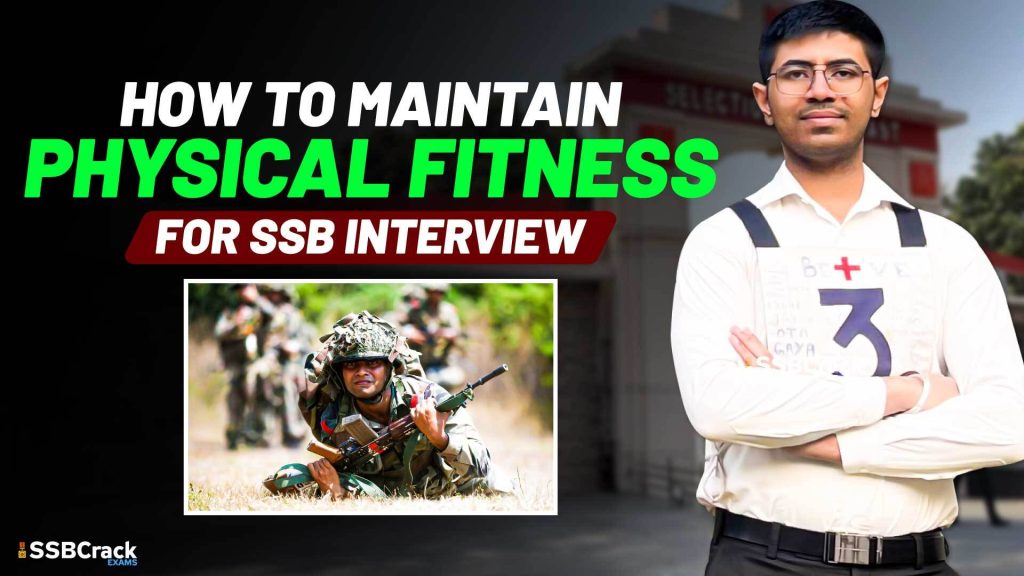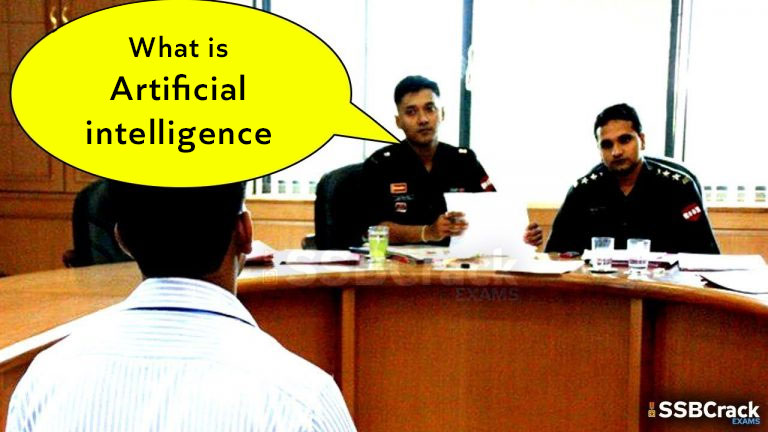Picture Perception and Description Test (PPDT) is a pivotal component of the Service Selection Board (SSB) interview, designed to evaluate a candidate’s ability to think coherently, articulate thoughts, and showcase positive qualities. Mastering the art of constructing a compelling PPDT story is crucial for leaving a lasting impression. Here’s a guide on how to write a good PPDT story while highlighting positive attributes:
1. Swift Perception Analysis:
- Begin by swiftly analyzing the given picture. Note the key elements such as characters, mood, setting, and any significant details.
- Demonstrate quick decision-making and the ability to grasp essential information promptly.
2. Positive Interpretation:
- Construct a positive interpretation of the scene. Even if the image portrays a challenging or ambiguous situation, focus on optimistic aspects.
- Showcase an attitude of resilience and optimism in the face of adversity.
3. Character Portrayal:
- Introduce characters with distinct personalities. Give them names and attributes that reflect positive qualities like leadership, teamwork, and determination.
- Ensure that your characters contribute positively to the overall narrative.
4. Structured Storyline:
- Organize your story with a clear beginning, middle, and end. Maintain a logical flow that engages the listener.
- Showcase your ability to structure thoughts coherently, reflecting a disciplined and organized mindset.
5. Incorporate Leadership Traits:
- Infuse your characters with leadership qualities. Illustrate instances where you, as a leader, guide the team toward a solution.
- Highlight qualities like decisiveness, initiative, and the ability to inspire and motivate others.
6. Teamwork and Collaboration:
- Emphasize the importance of teamwork in your story. Illustrate instances where the team collaborates harmoniously to overcome challenges.
- Show that you appreciate and value the contributions of each team member.
7. Effective Communication:
- Display effective communication skills within the narrative. Clearly convey ideas and instructions, showcasing your ability to articulate thoughts coherently.
- Demonstrate the skill of expressing yourself succinctly and persuasively.
8. Problem-Solving Abilities:
- Integrate problem-solving elements into your story. Illustrate how the team identifies challenges and collectively devises solutions.
- Showcase your ability to think critically and find practical resolutions.
9. Adaptability and Flexibility:
- If the picture suggests changing circumstances, highlight your adaptability. Showcase how you and your team adjust to evolving situations with grace and agility.
- Reflect a positive attitude even in uncertain scenarios.
10. Moral and Ethical Values: – Infuse your story with moral and ethical considerations. Showcase your commitment to values like integrity, honesty, and responsibility. – Illustrate instances where your decisions align with ethical principles.
Conclusion: Crafting a compelling PPDT story is not just about showcasing your ability to narrate a tale but also about highlighting your positive qualities as a candidate. By incorporating leadership traits, teamwork, effective communication, problem-solving abilities, and a positive attitude, you present yourself as a well-rounded individual capable of meeting the challenges of a military environment. Remember, your PPDT story is an opportunity to leave a lasting impression on the assessors, demonstrating the qualities that make you an ideal candidate for the Armed Forces.
















